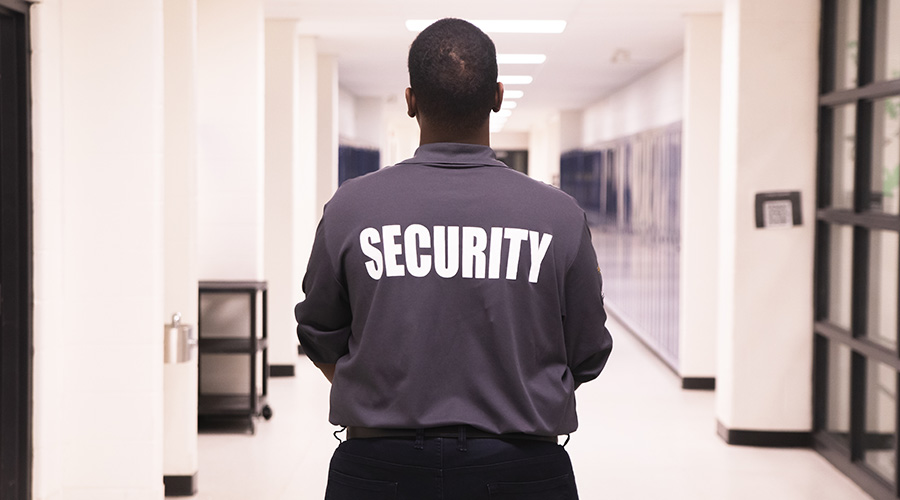Achieving a Balance Between Openness and Security in Universities, Hotels
Many organizations such as hospitals, public transportation providers, retail establishments, and colleges and universities operate in open environments. Even some of our nation's most secure facilities, such as airports and bio-safety laboratories, are mixed-use facilities with open access in public spaces and closed access in secure areas.
This freedom of movement is important to our national culture and to the culture of specific organizations. On college campuses, for example, an open environment fosters freedom of expression and an open exchange of ideas. In these environments, crime rates are typically lower than those of surrounding communities. Additionally, college students typically come from environments that are closely controlled by parents, teachers, principals, and coaches; for them, living in an open environment for the first time can be as educational as their classroom studies. Therefore, closing and controlling access to environments such as these would be detrimental to the experience of those who use them. Furthermore, making such changes may be unfeasible, both operationally and financially.
Open environments are not isolated islands where serious criminal activity and abhorrent behavior does not exist. Recent events such as the Craigslist killer (see "Securing Open Hotels", below), the murder of Yale University graduate student Annie Le, the Virginia Tech shootings, assaults in Boston area hospitals and the shooting at an Omaha Mall are examples of egregious crimes that were committed in open environments.
So how do facility managers and security professionals achieve a balance of openness and security? The answer is "occupancy assurance" — that is, having the ability to forensically determine the identity of individuals throughout the entire environment and to control access at levels that are appropriate for the given environment.
For instance, in open environments like campus cafeterias, identification can be captured using CCTV cameras strategically deployed at all access and egress points. Also, security personnel can be deployed in the cafeteria during hours of peak use. In the event of an incident, facility managers or security personnel can review images from the cameras and narrow down quickly the list of potential witnesses and suspects. In campus laboratory environments, multiple layers of security can be deployed and access can be closely controlled using security personnel, card readers, CCTV cameras, turnstiles and other security devices. When an incident happens in this environment, investigators have multiple systems and processes to aid their investigation.
CASE IN POINT
Securing Open Hotels
On April 14, 2009, Philip Haynes Markoff allegedly robbed and murdered Julissa Brismann in a Boston, Mass., hotel. He is also being held in connection with two other robbery and assault incidents. Markoff met his victims through ads offering erotic services placed on Craigslist.org, a popular classifieds Web site. The investigation was aided by video images captured by hotel surveillance cameras. The Boston Police Department released these images to the public and subsequently arrested Markoff.
Hotels are generally open environments. Lobbies, restaurants, conference areas, elevators and floors are typically open to the general public. Access is controlled on a room-by-room basis. The hotel in Boston where the Craigslist murder took place had properly deployed CCTV cameras. The images from these cameras led to the identification and subsequent arrest of the suspected Craigslist killer and preserved the reputation of the hotel as a safe and secure establishment.
— Daniel O'Neill
|
Related Topics:













